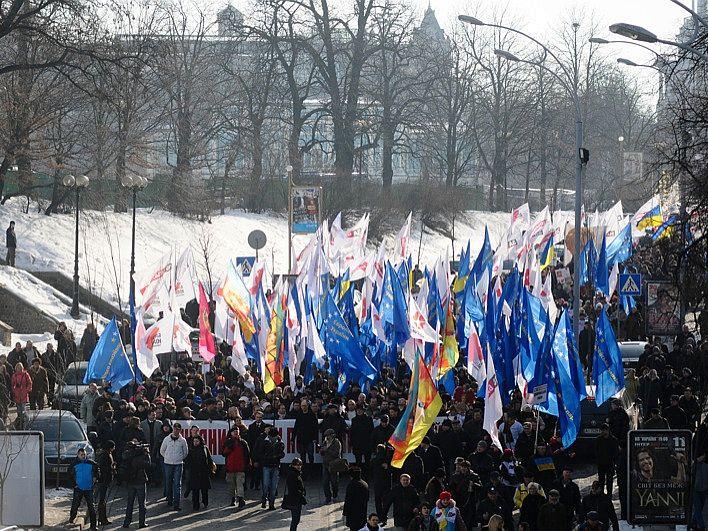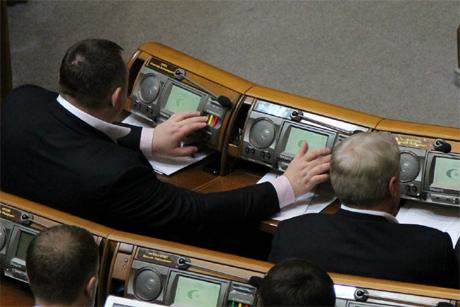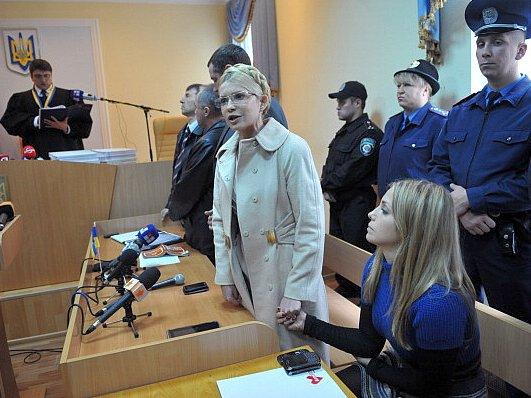KYIV, Ukraine—When Alexey Corwin-Piotrowski, the scientific secretary of the Ukrainian Institute of Archaeology–National Academy of Sciences, saw forged artifacts in the personal collection of former President Viktor Yushchenko, he was not surprised. Ukraine is seeing a booming black market for archeological items.
Even genuine artifacts in private collections often lack correct, detailed information about their origin and where they were excavated. The value of these items without attribution is several times less than that of items with attribution on the international antique market, says Corwin-Piotrowski.
He says that because of their ignorance “our rich men pay three to five times more than international prices.” Ukrainian buyers may be less discerning, allowing counterfeiters to thrive, and artifacts of questionable origin to permeate the market.
The black market boom has been primarily seen in private archaeological collections, with some of the objects ending up in private museums.
Artifacts in state museums have been researched thoroughly by the Institute of Archaeology and given a number, which is painted on the artifacts. The institute does not provide artifacts to private museums, says Corwin-Piotrowski; however, artifacts with these numbers on them have now also appeared in private museums.
Corwin-Piotrowski questioned the origin of artifacts in a private museum that claimed its Trypillian collection came from Jews that left Soviet Russia and were prohibited from bringing their collections abroad.
But Corwin-Piotrowski thinks this is unlikely to be true. He says the Trypillian culture, which thrived in Ukraine 5,000 to 7,000 years ago, was only known and of interest to professional archaeologists and scientists at that time. According to him, during the Soviet times most items collected were made of precious metals from the ancient Scythian period.
“I know Jews who escaped from the country—they did not collect Trypillian things—they collected gold and money,” said Alexey Corwin-Piotrowski.
Proper attribution for artifacts in private museums remains one of the biggest problems on the market. Another problem is the unregulated movement of artifacts.
For example, in 2008, artifacts from a private museum named PlaTar were taken out of the country to be displayed at the Vatican for an exhibit. At the border, the items were not declared as archeological items, but as normal ceramics.
In some cases of cross-border archeological transport that went unchecked, “there were even ciphers among the materials,” says Corwin-Piotrowski.
Some archeologists say that ideally the government would work with private museums by allowing the museums to display archeological items from the Institute of Archeology.
They say this could potentially financially benefit the Institute of Archeology, while protecting the veracity of artifacts in the market. But at present, archeologists fear that if they provide private institutions with their artifacts, they might never get their objects back.
The Epoch Times publishes in 35 countries and in 19 languages. Subscribe to our e-newsletter.



